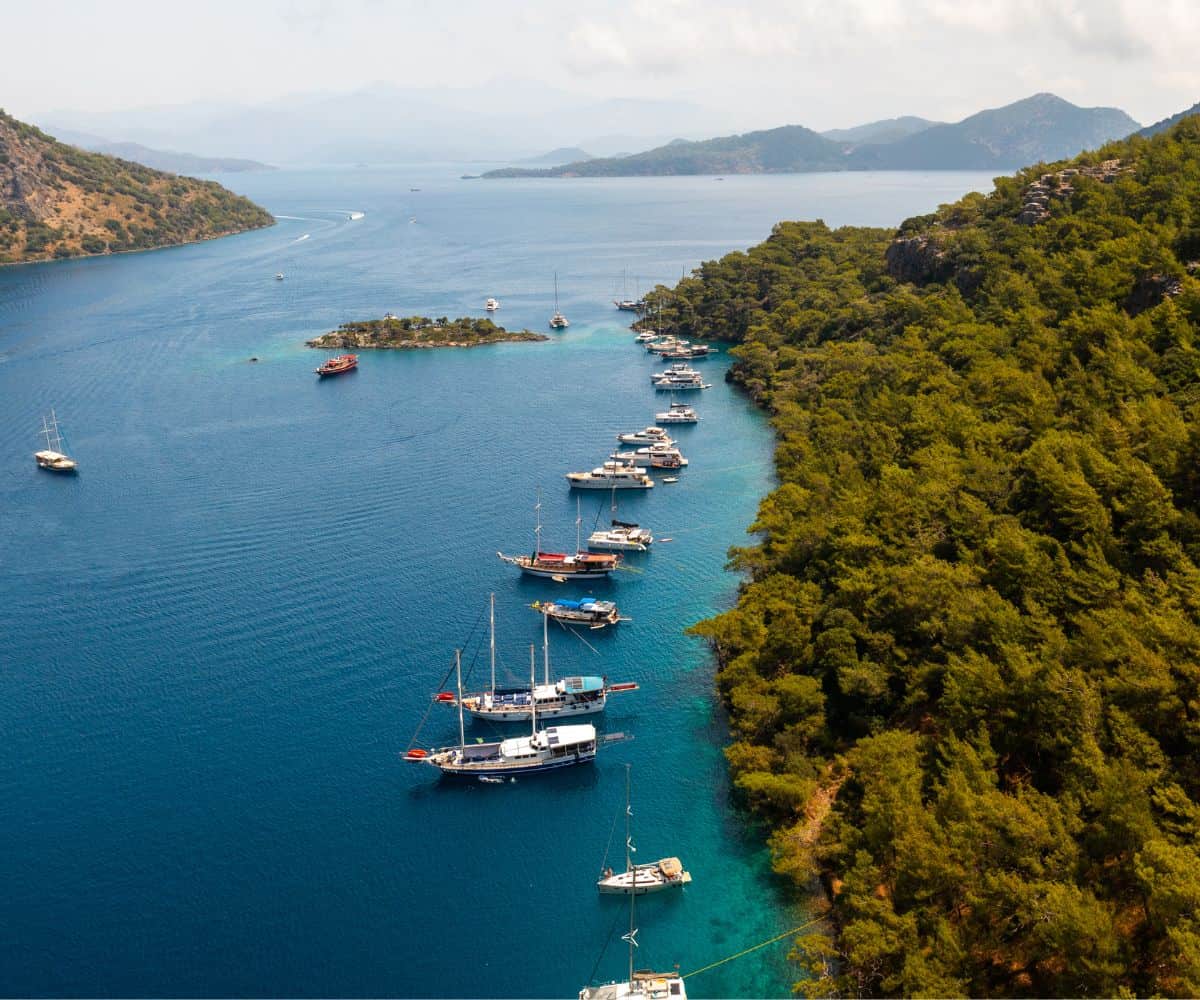10 tips for sustainable travel in South America
South America is home to a dozen unique nations, each offering its own diverse ecosystem, and each coloring the continent with a breathtaking array of flora, fauna and human communities. The post 10 tips for sustainable travel in South...
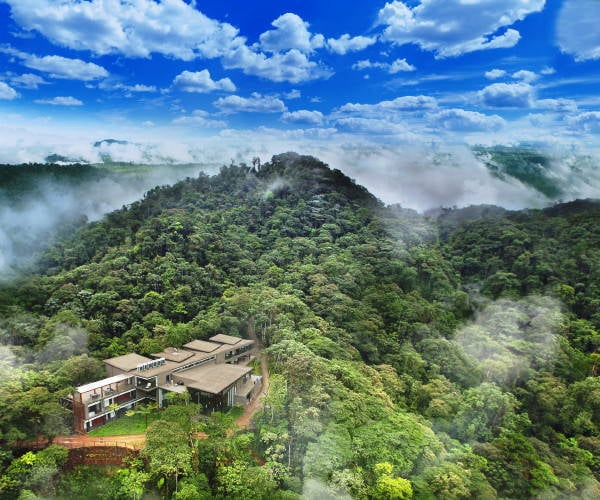
South America is home to a dozen unique nations, each offering its own diverse ecosystem, and each coloring the continent with a breathtaking array of flora, fauna and human communities. As you prepare to jet off and witness amazing natural and cultural features through your own eyes, it’s essential to be conscious of your journey’s impact.

While the South American travel industry has grown immensely over the past two decades, this growth has come with both positive and negative consequences. The continent has suffered from habitat loss, the physical degradation of ecosystems, and the destruction of local traditions, as well as other effects.
Sustainable travel is a model that aims to lower the negative impacts of tourism on the environment, the economy and local communities, while at the same time providing travelers with authentic, safe and rewarding travel experiences.
It’s not always easy to incorporate sustainability into one’s vacation, yet many travelers have begun to ask themselves what they can do to start traveling in a more ethical and sustainable way. These ten travel tips will help you engage in sustainable travel in South America responsibly and support the environment during your journey.
1. Choose an eco-friendly destination
Though definitions may vary, for us a sustainable destination is one where its local travel industry and local government do all they can to highlight the area’s natural infrastructure and beauty, support their local communities, and teach travelers about the destination’s unique culture. Classic eco-destinations immerse you in the wilderness, offering you a front-row seat to the natural world.
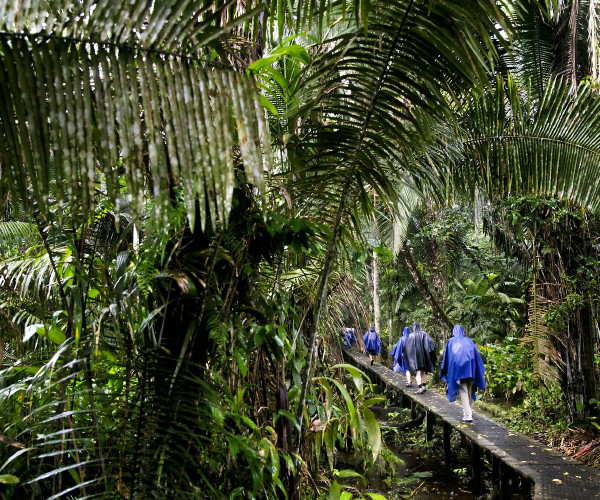
Among those venues in South America are areas like the Galapagos Islands, the Amazon Rainforest, and Patagonia. These are destinations that remain pristine, allowing you to witness some of the most distinctive wildlife on the planet, and reminding you that nature is not a place to visit – it’s our home.
In these areas, the travel industry and government have taken active steps to protect those destinations. In the Galapagos Islands, for example, these actions include limiting the number of visitors and planning boat routes so there aren’t too many people in any one place at a time. In this same vein, the Amazon rainforest boasts several eco-camps and riverboats that use solar-electric, solar-thermal arrays, and local materials to ensure they don’t damage the environment or cause any disruption to wildlife.
Actions like these and others not only reduce the negative impacts of travel but result in net positive gains for the areas’ people and natural environment.
2. Stay in locally-owned eco-friendly lodging
Major hotel chains can be pretty inefficient when it comes to sustainability. Large hotels typically soak up gargantuan amounts of resources (especially in remote areas) and use up much-needed water and waste-disposal services needed by local residents. On top of all that, they often drain off the economic benefits of tourism back to their home country.

If you seek a sustainable and ethical stay while experiencing South America, the continent has multiple options for more responsible accommodations. Small hotels and guesthouses in particular are infinitely less impactful on the environment than large, all-inclusive resorts. Many of these sustainable accommodations also take real steps to reduce the impact of tourism on the environment.
From renewable energy production to conscious bio-architectural design, these accommodations focus on preserving the environment and have positive environmental effects. In addition, these hotels take a number of “little steps” such as recycling and composting programs, installing energy-efficient lighting, and using non-toxic cleaning products and personal care products for guests. When you plan your trip, search for hotels that implement such green practices and work directly with local communities.
But be aware of “green-washing.” Some hotels and lodges simply use the terms “eco” and “sustainable” in their promo materials, they do little real good in their daily operations.
Fortunately, up-market travelers have begun to break with over-commercialized ideas of “luxury” and started to prioritize sustainable travel options over the last decade. For these adventure seekers, many responsible accommodations exist throughout South America to provide you with a sustainable yet upscale stay.
3. Support locally owned and operated enterprises
The natural and cultural riches of South America make it an unforgettable draw for visitors. However, it remains a continent where millions confront grinding poverty on a daily basis. While sustainable tourism cannot solve the massive problem of poverty, it can help by bringing valuable income to local communities.
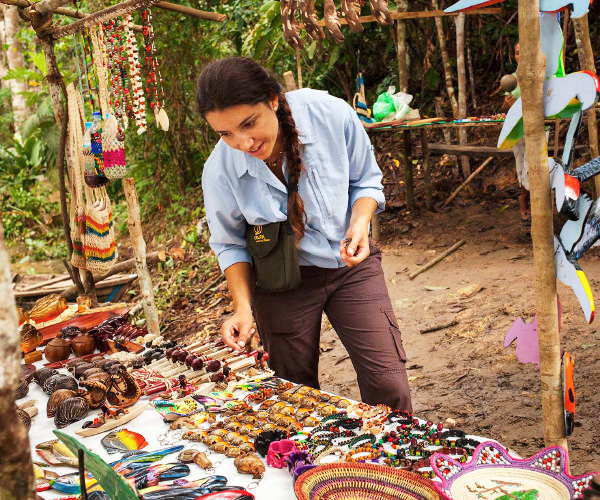
When you support local production — as opposed to foreign-owned chain restaurants mega-malls and hotels — you ensure your money is not siphoned out of the country but instead stays in the local economy. Therefore, the whole ecosystem benefits from tourism’s local multiplier effect.
For example, when you contract with a locally-based business, your dollars recirculate in the local economy, contributing to the welfare of the enterprise’s employees, suppliers, partner agencies, local guides, etc. In other words, you not only benefit the operation you do business with, but you also help sustain a host of other local community members and families.
4. Look for true eco-cruises
Though cruises are often affordable and convenient, they can be one of the most unsustainable ways to travel on vacation. This stems from how unregulated ships indiscriminately dump waste into the ocean – including human sewage, food waste and grey water (water from sinks, baths, showers, laundry, and galleys). Some cruise ships even emit sulfur, which combines with water to produce sulfuric acid, which in turn leads to ocean acidification.
In any case, if you’re going to do a cruise, the best tip is to ask your tour operator about what environmentally-friendly initiatives have been integrated into their recommended vessels and what sustainability awards these ships have received.

For example, ask about the emissions and pollution impact, as well as their sewage treatment, air pollution control, disposal policies, and water treatment measures. Some cruises, even offer carbon offset programs.
Across South America, cruises in Ecuador’s Galapagos Islands are as environmentally friendly as these get. This is thanks to strict environmental rules and regulations. All vessels sailing in the Galapagos must have features that conserve water and energy, are required to recycle and treat waste, and must purchase locally-produced products, as well as hire personnel from the islands themselves, compensating these employees with fair wages and professional training. These and other sustainable measures add up.
5. Invest a little time in helping the communities you visit
When you travel to South America or any other region, you’re going to leave a footprint. The ultimate goal of sustainable travel, though, is to leave a destination better than how you found it. When you take action, you become a participant in improving a community both in a responsible and purposeful way.
For instance, you can give back to the community by volunteering to teach English to students and families; donating electronic devices, clothes, and class supplies for schools; participating in reforestation efforts to offset your carbon footprint, or volunteering at a certified animal rescue center.
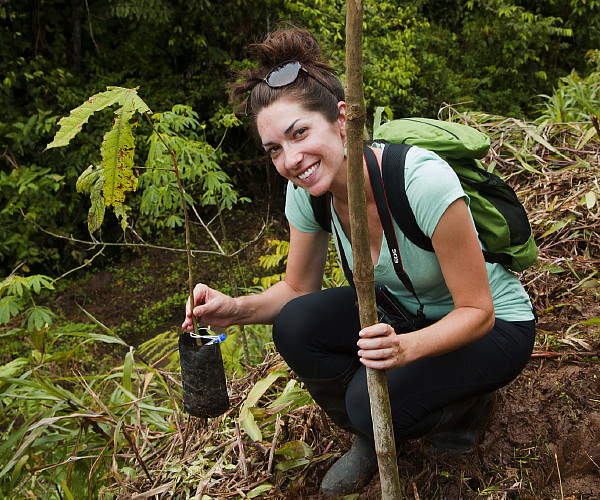
Your volunteer work doesn’t have to be overly complicated or demanding. Setting aside one day to give back while you’re on your adventure is a fantastic way to actively work to improve that destination. Plus, you’ll get to know the people and customs of the community through such an experience.
IMPORTANT NOTICE:
If you are reading this article anywhere other than on A Luxury Travel Blog, then the chances are that this content has been stolen without permission.
Please make a note of the web address above and contact A Luxury Travel Blog to advise them of this issue.
Thank you for your help in combatting content theft.
By doing a little bit of research, you can find local organizations that would benefit from just one day of help. And remember, your tour operator can always help you design an itinerary that includes such a sustainable travel practice. Let them know where you’d like to visit, and they’ll work alongside you to create a custom vacation with volunteering activities that suit your bucket list destination.
6. Respect the culture of local communities
When traveling, it’s essential to respect local traditions as they form the identity of the local community. Instead of judging their culture through your own lens, work to recognize your own prejudices and leave your biases at the door.
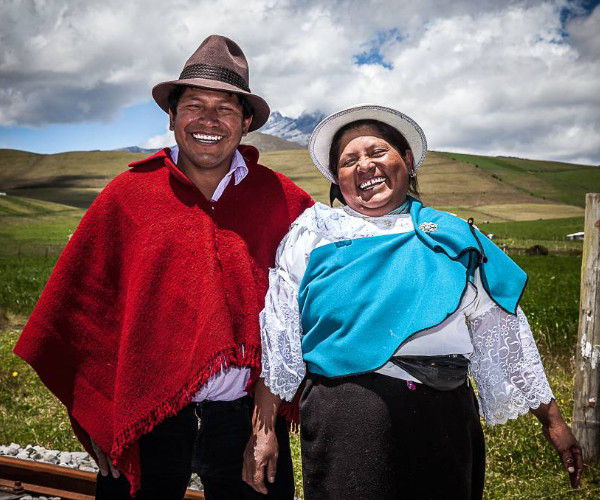
Start by reading up on and trying to understand the local culture of the destination you plan to travel to and talk to people familiar with that place.
Remember that when we’re traveling, we’re guests visiting other people’s home. We should be respectful of the local people’s way of life, customs, language, and religion. For example, obey the local laws and guidelines – from traffic rules to health and safety precautions. Become aware of the gestures, types of unacceptable dress, or words that are considered offensive in some destinations. Learn some of the language; even a few words and phrases can go a long way to mutual understanding and showing respect for the local people.
Interaction with local people is one of the most rewarding aspects of sustainable travel and it should preserve — rather than disrupt — traditions passed down from generation to generation.
7. Conserve water and energy
When you’re on a South American vacation, even luxury travelers should do their best to save water and energy resources.

Consider that while about a third of the planet’s freshwaters flow through South America, as many as a quarter of Latin America’s population live in water-scarce areas. Climate change has begun to disrupt the water cycle, as seen through the major retreating of Andean glaciers and a rapidly degrading watershed. Meanwhile, a quarter of the region’s rivers, lakes, and aquifers are polluted due to the discharge of untreated effluents from industry, mining, agriculture, and municipal use.
Similarly, energy is a serious problem for some 17 million people in Latin America and the Caribbean who lack access to electricity – a situation exacerbated by rising fossil fuel prices in the context of the war in Ukraine and the pandemic.
Traveling sustainably, you can take some basic steps to reduce any negative water and energy impacts stemming from your travel. Simply take shorter showers (not baths) and limit any unnecessary use of water. Also, turn the heating down when leaving, turn off your air conditioning and adjust your refrigerator’s temperature, while also turning off the lights, TV, and any other electronics when not in use. You can even hang up the “Do Not Disturb Sign” to avoid unnecessary cleaning.
Every action counts, so make yours count by choosing sustainable eco-tourism
8. Make friends with the flora and fauna … but from a healthy distance
In South America, you’ll find one of the most bio-diverse regions on the planet. Across the entire continent, natural wonders continue to amaze travelers with their striking beauty.
But, while you take a walk on the wild side, remember to care for the wildlife and natural habitats. When you visit, take a step back and view the world peacefully, taking a respectful approach to the environment. In this way, you can learn about wildlife through quiet observation.

This means you shouldn’t disturb or disrupt the habitats you visit by picking flowers or rocks or interacting too closely with the animals. In this way, you respect nature and wildlife that was there hundreds and thousands of years before you.
When planning your travel adventure through nature, be sure to work with a tour operator who’s committed to protecting animal rights and promoting wildlife conservation. They’ll outline what activities help to maintain and improve the natural habitats as well as keep these destinations attractive for every traveler who hopes to visit in the future. As long as we all do our part to protect every environment we visit, these habitats can continue flourishing for years to come.
9. Travel slowly…but better
Unfortunately, the travel industry is one of the biggest contributors to climate change. The largest part of tourism’s carbon footprint is produced by air travel, driving, and other forms of transportation that are the least efficient modes of transportation.
To reduce your emissions while experiencing your journey, traveling by train or bus is a better option (as they say, “Short flights can be short rides too!”). Similarly, bicycling is a better option than renting a car in terms of reducing your ecological impact.

Also, opting for a vacation with fewer destinations reduces the carbon emissions generated by the different forms of transportation you’ll need to travel from one place to another. Instead of flying around from one place to another and not really appreciating any of them, slow travel will allow you to engage with destinations in a more relaxed way and truly experience the places you are visiting. You can immerse yourself in the culture, build deeper connections with local people, and get to know the destination’s unique charms, enjoying the scenery along the way…all while helping to save our environment.
10. Choose a local tour operator committed to sustainable tourism
South America offers a variety of amazing eco-friendly travel destinations with incredible local talent. When it comes to planning your trip, your first sustainable tourism option should be to book a tour with such local experts.

Locally-owned and run tour operators are as socially, ecologically, and economically responsible as possible. While giving travelers a once-in-a-lifetime insider’s experience, a sustainable tour operator is committed to reducing any negative impact on the environment and pouring back positive resources into the community. This latter feature is accomplished by them contracting with local suppliers, guides, transportation services, and food vendors, as well as by their booking stays in locally-owned accommodations, working directly with local communities, and donating to community projects.
In addition, local tour operators offer a major benefit to you, the traveler. Partnering with a locally based company means you’ll have a much more tailored experience, one that’s hand-crafted by community members who know the region better than anyone else.
Conclusion: “Make the world a better place, one trip at a time”
Exploring diverse cultures across the globe is part of what connects humanity, makes us grow, and compels us to want to help others. Traveling is a good thing, and it’s even better when it’s done in a socially and environmentally sustainable way.

Sustainable travel is therefore an ethical way of life that induces a traveler to give back to the places they visit. When you travel to South America, you’ll have unforgettable engagements filled with adventure, learning and celebration. And, if fulfilled while carrying out a few simple sustainable actions, you’ll leave having made a positive impact on the local communities and environment that you’ve been lucky enough to experience.
Alfonso Tandazo is President and CEO at Surtrek Tour Operator. Surtrek Tour Operator is a well-established firm, specializing in custom-designed luxury tours in Ecuador, the Galapagos and throughout the rest of South America.
If you would like to be a guest blogger on A Luxury Travel Blog in order to raise your profile, please contact us.

 Aliver
Aliver 































